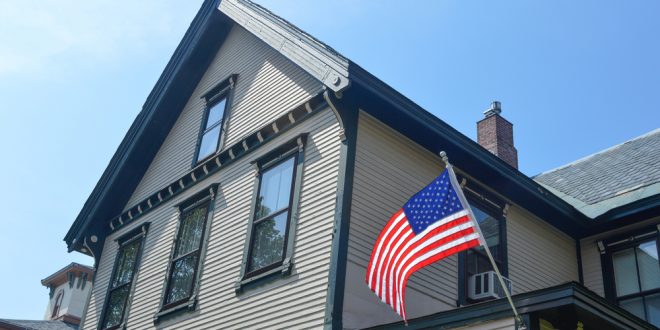The US housing market is undergoing significant transformations, with implications for the broader economy. A decline in foreign buyer activity, coupled with persistent inventory shortages and price fluctuations, is shaping the market’s trajectory. This article delves into recent data to explore these trends and their potential impact on the US economy.
Are Foreign Buyer Quitting the United States?
A dramatic decrease in international interest in US residential real estate has emerged as a key trend. Sales to foreign buyers have plummeted to a record low, marking a 36% year-over-year decline. This significant drop can be attributed to several factors. The stronger US dollar has made US properties more expensive for international investors, deterring purchases. Additionally, the persistent shortage of available homes, particularly in desirable areas, has limited options for foreign buyers.
While Florida remains a popular destination, even this market is facing challenges. The state’s allure for Latin American buyers, driven by political instability in their home countries, is undeniable. However, the lack of new condo inventory, largely due to stricter building regulations imposed after the Surfside condo collapse, has hindered purchasing power. The combination of high prices and limited supply has created a perfect storm for foreign buyers.
Domestic Market Challenges
The domestic US housing market is also grappling with its own set of challenges. High home prices, coupled with rising mortgage rates, have dampened buyer enthusiasm. The persistent shortage of available homes for sale has exacerbated the situation, creating a highly competitive market. While the pace of price increases has shown signs of moderation, the median home price remains at a record high. These factors have contributed to a decline in existing home sales, particularly during the typically busy spring home-buying season. While a slight easing of mortgage rates has offered some respite, it has not been enough to offset the impact of high prices and limited inventory.
Economic Implications
The cooling housing market has broader implications for the US economy. The housing sector is a significant driver of economic growth, contributing to GDP through construction, sales, and related industries. A slowdown in home sales can lead to decreased economic activity, affecting employment and consumer spending.
Moreover, the decline in foreign buyer activity has implications for the US trade balance and capital flows. Foreign investment in US real estate is a source of capital inflow, supporting the US dollar and potentially influencing interest rates. A decrease in foreign investment can impact these factors.
Outlook and Potential Recovery
While the current market conditions present challenges, there are also reasons for optimism. A potential decline in mortgage rates and a gradual increase in housing inventory could reinvigorate buyer activity. However, a sustained recovery will depend on several factors, including economic growth, employment levels, and consumer confidence.
Policymakers will also play a crucial role in shaping the housing market’s trajectory. Measures to increase housing supply, such as zoning reforms and incentives for homebuilding, could alleviate price pressures and improve affordability. Additionally, addressing the challenges faced by foreign buyers, such as facilitating smoother property transactions and providing clearer investment guidelines, could attract more international capital to the US market.
The US housing market is at a crossroads. The confluence of factors, including declining foreign buyer interest, high prices, and limited inventory, is creating a complex and dynamic environment. While the short-term outlook may be uncertain, the long-term health of the housing market is essential for the overall economic well-being of the United States. By carefully monitoring market trends and implementing appropriate policies, policymakers can work towards a more stable and sustainable housing market.
Further analysis is much needed to point out the impact of rising interest rates on different segments of the housing market, the role of rental markets in influencing homeownership rates, the effectiveness of government policies aimed at boosting homeownership, and eventually the potential for alternative housing models, such as co-living and modular homes, to address affordability challenges.
 Noor Trends News, Technical Analysis, Educational Tools and Recommendations
Noor Trends News, Technical Analysis, Educational Tools and Recommendations





